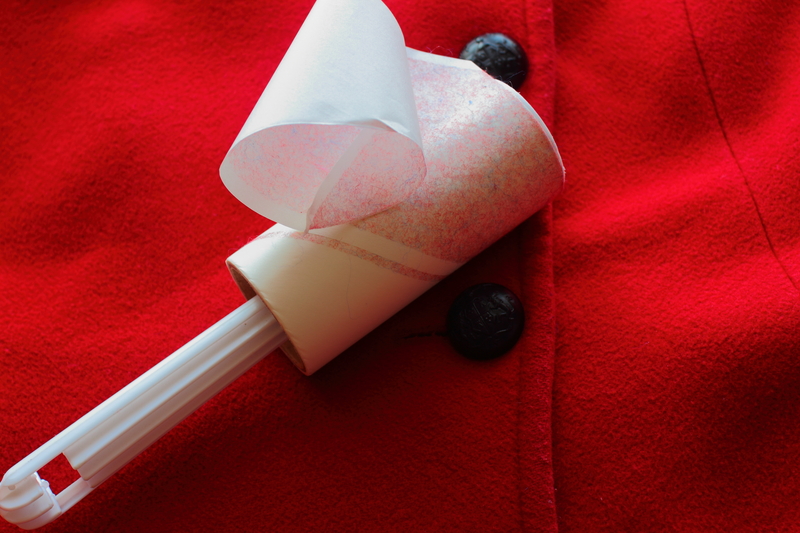Oil Spot Removal Techniques
Posted on 18/09/2025
Oil spots can be a persistent eyesore on various surfaces, including driveways, garage floors, and clothing. Removing oil stains efficiently requires understanding different techniques and choosing the right one for the surface in question. In this article, we will explore various oil spot removal methods, provide useful tips, and outline the pros and cons of each technique.
Household Items for Oil Stain Removal
1. Baking Soda and Dish Soap
Baking soda and dish soap is a popular combination for removing oil stains from concrete and clothes.
- Sprinkle baking soda liberally over the oil spot.
- Let it sit for about 15 minutes to absorb the oil.
- Add a few drops of dish soap and scrub the area with a brush.
- Rinse thoroughly with water and let it dry.
2. Vinegar and Cornstarch
This method is effective on lighter oil stains, primarily on fabrics and upholstery.
- Sprinkle cornstarch on the oil spot and let it sit for 15 minutes to absorb the oil.
- Vacuum or brush off the cornstarch.
- Apply vinegar to the area and scrub gently with a cloth.

Commercial Oil Stain Removers
3. Concrete Cleaners
Commercial concrete cleaners are specifically designed to tackle tough oil stains on driveways and garage floors.
- Apply the cleaner as per the manufacturer's instructions.
- Scrub the area with a stiff brush.
- Rinse with water and repeat if necessary.
4. Degreasers
Industrial-strength degreasers can handle stubborn oil stains on various surfaces.
- Spray the degreaser on the stain.
- Let it sit for the recommended time.
- Scrub and rinse the area.
Advanced Techniques for Persistent Oil Stains
5. Pressure Washing
Pressure washing is an effective method for large and persistent oil stains on concrete and asphalt.
- Use a pressure washer with an appropriate detergent.
- Target the stain directly, maintaining a safe distance.
- Rinse thoroughly with water.
6. Poultice Method
The poultice method involves creating a paste that can draw out deep-set oil stains.
- Mix an absorbent material like kitty litter or sawdust with a solvent like acetone.
- Apply the paste to the oil stain.
- Cover it with plastic wrap and let it sit for 24 hours.
- Remove the poultice and rinse the area.
Pros and Cons of Oil Spot Removal Techniques
Pros
- Effective Results: Most methods provide effective results for both recent and old stains.
- Variety of Options: A range of techniques allows for flexibility depending on the surface and severity of the stain.
- Accessibility: Many household items and commercial removers are easily accessible.
Cons
- Safety Concerns: Some methods, like using industrial-strength cleaners, require safety precautions.
- Time-Consuming: Some techniques, such as the poultice method, can be time-consuming.
- Cost: Commercial cleaners and equipment like pressure washers can be costly.
Tips for Preventing Future Oil Stains
- Regular Maintenance: Keep your driveway, garage, and other surfaces clean to prevent oil buildup.
- Use Mats or Drip Pans: Place mats or drip pans where oil leaks are common to catch spills.
- Perform Regular Vehicle Maintenance: Address vehicle leaks promptly to prevent recurring oil spots.

Takeaways
- Oil spot removal requires different techniques depending on the surface and stain severity.
- Household items like baking soda, vinegar, and dish soap can effectively remove minor stains.
- Commercial cleaners and advanced methods like pressure washing are suitable for persistent oil stains.
- Consider the pros and cons of each method, including effectiveness, safety, and cost.
- Preventive measures can reduce the occurrence of future oil spots.
Conclusion
Effectively removing oil spots involves choosing the right method for the specific surface and stain. Whether you opt for household items, commercial cleaners, or advanced techniques, understanding the pros and cons will help you make an informed decision. Implementing preventive measures can also minimize the occurrence of future oil stains, keeping your surfaces clean and well-maintained.
By following these oil spot removal techniques, tips, and preventive measures, you can keep your surfaces in pristine condition, free from unsightly oil spots.




